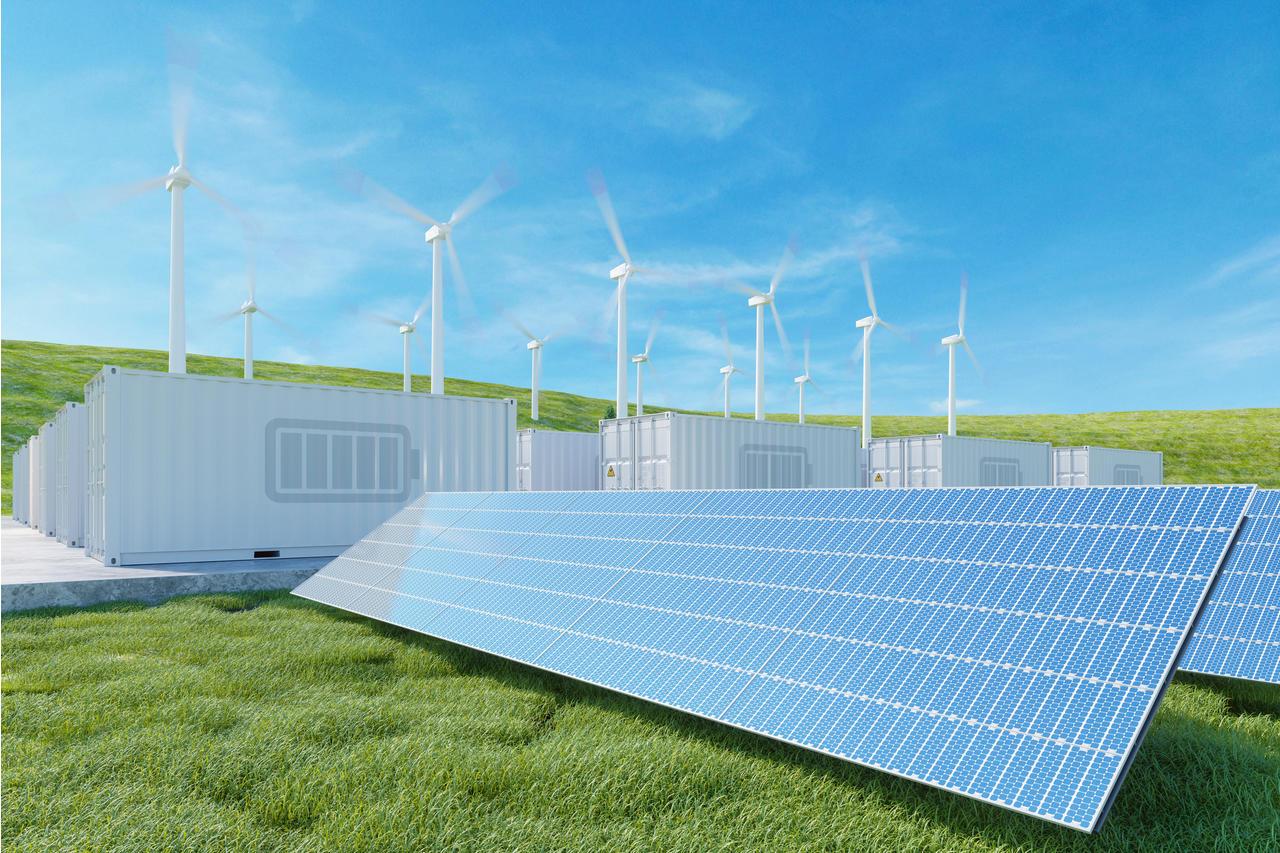Renewable Energy Transformer Market Challenges and Solutions for Achieving Reliable and Efficient Energy Distribution Networks

Renewable Energy Transformer Market Challenges and Solutions:
As the world transitions toward a greener and more sustainable future, the renewable energy sector is experiencing exponential growth. With an increasing emphasis on clean power generation, the demand for renewable energy transformers has surged. These transformers play a crucial role in integrating renewable sources like solar and wind into power grids, ensuring efficiency and reliability. However, the rapid expansion of renewable energy systems also brings challenges that must be addressed to achieve reliable and efficient energy distribution networks.
Key Challenges in the Renewable Energy Transformer Market
1. Variability and Intermittency of Renewable Energy Sources
Solar and wind power generation is inherently variable, depending on weather conditions and time of day. This intermittency can lead to grid instability and inefficiencies, requiring transformers that can adapt to fluctuating energy inputs.
2. Grid Integration and Compatibility Issues
Integrating renewable energy into existing power grids presents compatibility challenges. Many power grids were originally designed for centralized fossil fuel-based generation, making it difficult to accommodate decentralized renewable energy sources without substantial infrastructure upgrades.
3. High Initial Investment Costs
While renewable energy sources provide long-term cost savings, the upfront investment in advanced transformers, smart grid technology, and energy storage solutions remains a significant barrier for many regions and companies.
4. Transformer Efficiency and Energy Losses
Energy losses occur during transmission and distribution, reducing overall efficiency. Traditional transformers may not be optimized for the dynamic energy flow of renewables, leading to increased transmission losses and performance issues.
5. Maintenance and Durability Concerns
Renewable energy transformers often operate in harsh environments, such as offshore wind farms or remote solar installations. Ensuring durability and minimizing maintenance requirements is critical for the long-term viability of these systems.
Solutions for Reliable and Efficient Energy Distribution Networks
1. Development of Smart and Adaptive Transformers
Innovations such as smart transformers equipped with digital monitoring and self-regulating capabilities can enhance efficiency and grid stability. These transformers can dynamically adjust to variable energy inputs, reducing intermittency-related issues.
2. Strengthening Grid Infrastructure and Modernization
Upgrading power grids with smart grid technology and flexible transmission systems can enhance renewable energy integration. Advanced transformers designed for bidirectional power flow and voltage regulation can support a more resilient and adaptive energy distribution network.
3. Investment in Energy Storage Solutions
Pairing transformers with energy storage systems, such as battery storage or pumped hydro storage, can mitigate the challenges of renewable energy variability. These solutions help smooth out fluctuations and ensure a steady power supply.
4. Cost Reduction Through Technological Advancements
Continued research and development (R&D) in high-efficiency transformer materials, such as amorphous core transformers and solid-state transformers, can reduce costs while improving performance. Increased adoption and manufacturing scalability will further drive down expenses.
5. Implementation of Predictive Maintenance Strategies
Using IoT-enabled sensors and AI-driven predictive maintenance, energy providers can monitor transformer performance in real-time. This approach enhances reliability, reduces downtime, and extends the lifespan of transformers operating in challenging environments.
Conclusion
The renewable energy transformer market is at a critical juncture, facing both significant challenges and promising solutions. By addressing issues such as energy variability, grid integration, cost barriers, and efficiency concerns, the industry can create more resilient and effective energy distribution networks. Investments in smart transformers, grid modernization, energy storage, and predictive maintenance will be key to ensuring a sustainable and reliable power infrastructure. As renewable energy adoption continues to grow, transformers will remain a foundational component in shaping the future of clean and efficient energy distribution.
- Art
- Causes
- Crafts
- Dance
- Drinks
- Film
- Fitness
- Food
- Jeux
- Gardening
- Health
- Domicile
- Literature
- Music
- Networking
- Autre
- Party
- Religion
- Shopping
- Sports
- Theater
- Wellness


